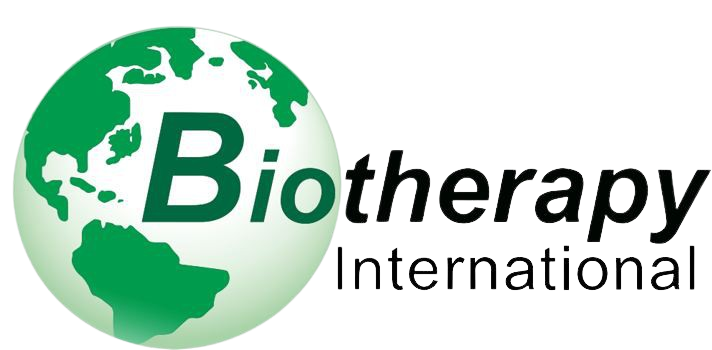Acoustic shockwave therapy (AST) involves the exposure of the ischemic tissues to the acoustic wave radiation using a special device. It is a painless, non-invasive procedure during which the applicator is placed over the specific parts of the body for improving the blood circulation in the region and stimulating the growth of new capillaries.
The device releases pulses of low energy acoustic shockwaves that produce the desired effect on the damaged tissues to restore blood circulation and support repair.
The treatment is aimed at increasing the flow of blood to the organs affected due to ischemic changes including the heart, brain, kidneys, and peripheral blood vessels. It activates the process of angiogenesis or the formation of new blood vessels, thereby providing relief from coronary insufficiency or critical limb ischemia.
It also produces an immediate dilatation of the blood vessels thereby improving the blood flow into the affected tissues.
The tissues exposed to the acoustic shockwaves attract activated MSCs (multipotent mesenchymal stromal cells). Hence, acoustic shock waves therapy is now used in combination with cell therapy. The application of AST to regenerative medicine by using expanded MSCs and multipotent stem cells activated by growth factors can further improve the blood flow to the ischemic tissues. It can also allow the entry of MSCs into the ischemic tissues to promote repair and regeneration thereby restoring the lost functions.
AST can be used as a standalone treatment or in combination with LLLT (low energy laser light therapy) to activate and target the circulating MSCs into the affected tissues. It can stimulate the regenerative and anti-inflammatory potential of MSCs and support faster repair and regeneration of the damaged tissues.
The primary effects of AST include dilatation of the existing blood vessels and the formation of new capillaries in the treated tissues. The duration of the procedure is about 15 to 60 minutes. The duration depends on the area of the affected tissues and the number of pulses administered. It is a non-invasive therapy that causes no pain and is well tolerated by patients.

